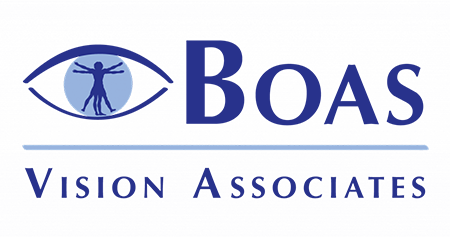
How to Correct / Fix a Lazy Eye
Lazy Eye Treatment for All Ages, Including Older Children and Adults
Early detection and treatment is ideal, yet scientific research has unequivocably proven that Amblyopia / Lazy Eye can be successfully treated in older children with non-surgical therapies. These scientific studies done by the National Institutes of Health / National Eye Institute in the United States covered children up to 17 years of age.
Lazy Eye Treatment in Adults
In addition, many thousands of scientific studies have now proven that the human brain can change and develop new neural pathways at any age (“neuroplasticity”).
FACTS: Vision is produced in the brain. The eyes are neural tissue and are a literal part of the brain. Science has proven that the brain can change, remap, and develop new neural pathways at any age.
QUESTION: Is it possible that human vision can change with the development of new neural pathways at any age?
21st century scientific research as well as our many years of clinical experience have shown that vision can be changed and improved at any age. In our vision care practice, we have successfully and significantly used non-surgical therapies to improve the vision of older children and adults diagnosed with Amblyopia / Lazy Eye and many other visual conditions, such as Strabismus, Convergence Insuffiicency, Eye Tracking Problems, etc.
Vision Therapy can be hard work, but many of our young and adult patients find the special eye exercises and therapeutic activities that “enroll neuroplasticity” fascinating and extremely rewarding.
Lazy Eye Treatment – Vision Therapy At Boas Vision Associates
Our Vision Therapy treatment programs use eye exercises, therapeutic and/or corrective lenses, eye patching, optical imaging devices, and many other therapy activities to both (1) improve vision in the amblyopic or lazy eye and (2) to train the two eyes to work together to gain normal vision (binocular vision, depth perception, etc.).
Lazy Eye Treatment – Eye Muscle Surgery
The most commonly known treatments for lazy eye in children are elective eye muscle surgery and/or eye patching. However, since Amblyopia or Lazy Eye is due to abnormal neural connections between the brain and the eyes, eye muscle surgery is rarely an appropriate treatment choice. In fact, eye muscle surgery is correctly called strabismus surgery and it is one of many elective treatment options for some types of strabismus. And strabismus is not amblyopia.
Lazy Eye Treatment – Eye Patching
Eye patching is used to stimulate the use of the so-called lazy eye, but eye patching alone does nothing to promote / develop normal use of the two eyes together as a coordinated team (binocular vision, 3D vision, depth perception, eye teaming, eye tracking, etc.). In addition, eye patching alone seldom brings the vision in the amblyopic eye close to 20/20. So, while eye patching could be a part of our treatment program for Amblyopia / Lazy Eye — as experts in vision improvement for binocular vision disorders — we offer more effective treatments.
For Amblyopia / Lazy Eye, we provide advanced cutting edge therapies. Our Vision Therapy treatment programs develop and strengthen the coordination of brain, body and both eyes to improve two-eyed vision and many important aspects of overall healthy vision and function.
Strabismus vs. Amblyopia – Are They the Same Medical Diagnosis?
Strabismus is not the same medical condition as Amblyopia. Strabismus is sometimes confused with lazy eye or amblyopia because (1) a few types of strabismus can cause amblyopia (but most types do not) and (2) although lazy eye is the common name for the medical term amblyopia, it is also commonly — but incorrectly — used to refer to the visible eye turns that come with Strabismus. For example, people might say “ eye” instead of crossed eyes or cross eyed or the now seldom used “-eye.”
To learn more about our advanced therapies for other medical conditions that can be overlapping with or mistaken for Lazy Eye, see:

By Appointment Only